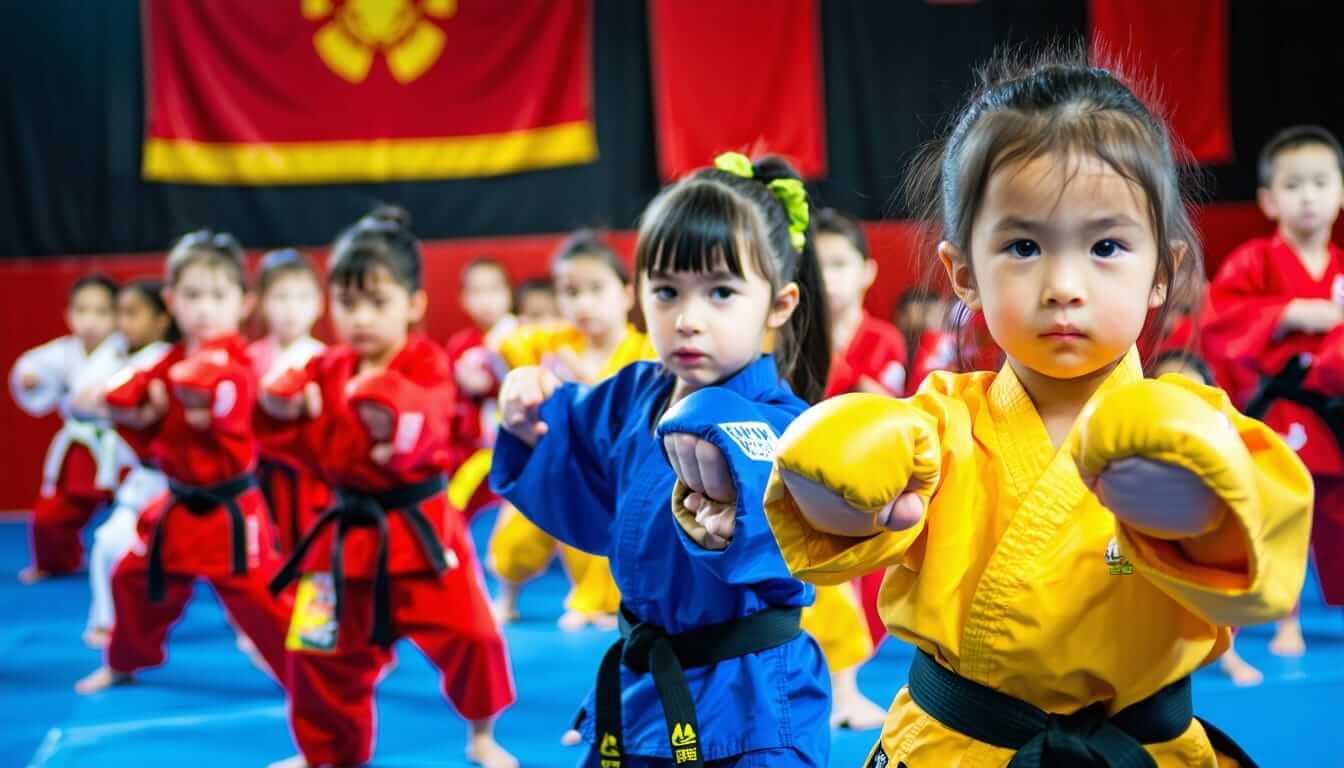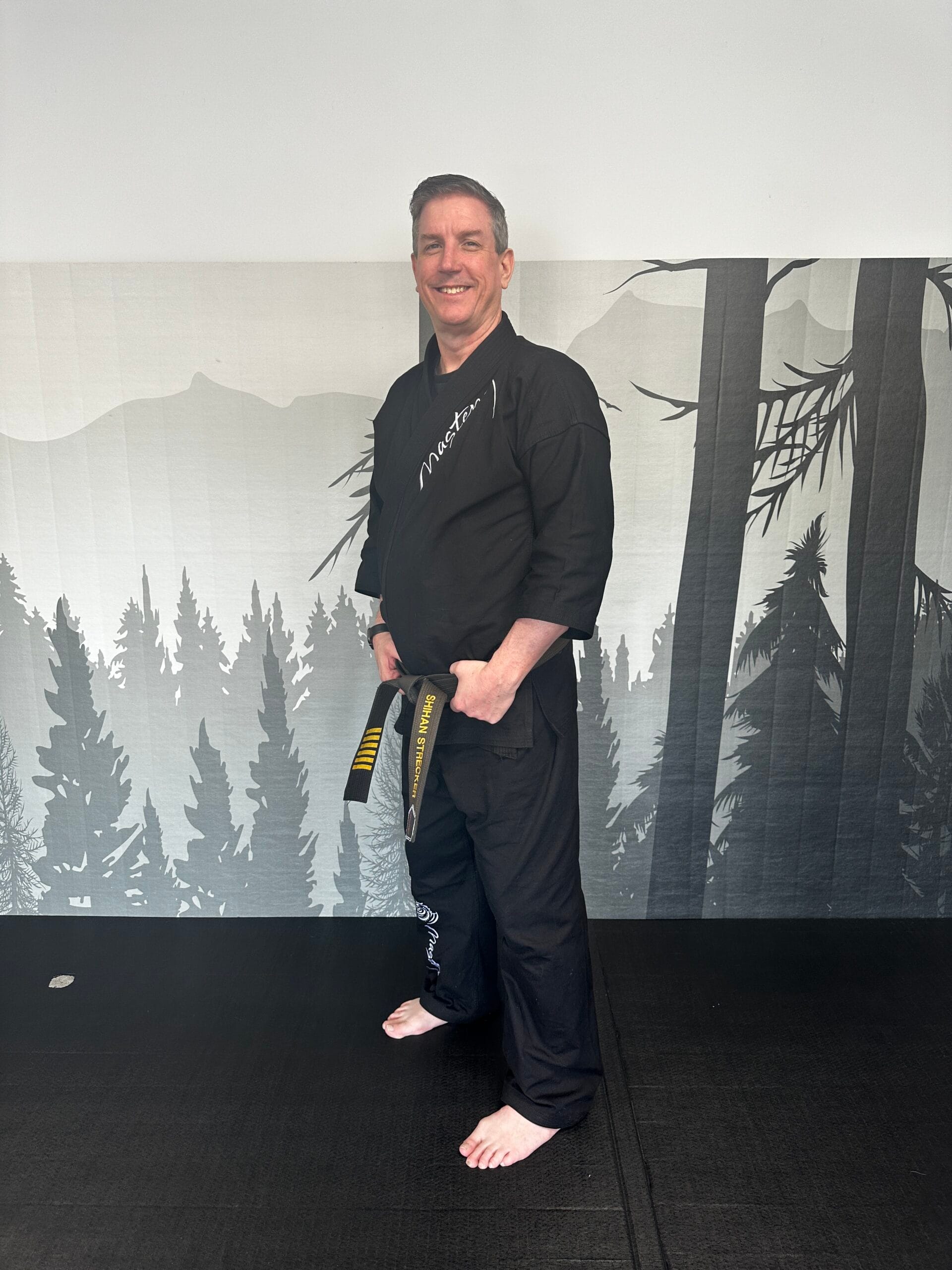Martial arts teamwork for children can unleash a sense of belonging and shared purpose in your young one. In Royal Oak, you might see peers cheering each other on during drills, boosting both skills and social bonds. A Family Martial Arts report found that structured classes can improve cooperation and mutual respect in kids. Good news, these teamwork lessons are easier than they sound.
One clear takeaway: training with others helps your child develop key skills, including respect, communication, problem-solving, and celebratory rituals, all essential for success in school and life.
Promote Respect And Cooperation
Respect forms the foundation of teamwork in martial arts. In partner drills, your child learns to move carefully, honor a training partner’s safety, and follow clear rules. A Nashville MMA guide highlights how respect underpins cooperation during sparring and technique practice. As they practice:
- Waiting their turn and listening when the instructor speaks
- Checking in with partners before each technique begins
- Bowing at the start and end of exercises (a simple sign of courtesy)
- Practicing etiquette at home, like asking permission before borrowing items
This respect spills over into everyday life. You may notice an improvement in manners at home or during school group work. For more on courtesy in training, see martial arts respect for kids.
Enhance Communication And Trust
Partner drills in martial arts require clear communication. Your child learns to call out moves, respond to feedback, and adjust in real time. This builds trust and sharp listening skills. For example, practicing a safe throw involves calling “drop” or “lock” so both partners stay aligned. Over time students develop empathy and patience.
Communication perks include:
- Verbal cues to coordinate timing and prevent injuries
- Body language and eye contact to fine-tune teamwork
- Regular check-ins that create a supportive practice space
- Reflecting after drills by asking “What worked?” and “What can we try next?”
These skills help in classrooms and on playgrounds. To explore how martial arts can sharpen focus, check out martial arts focus for children.
Foster Collective Problem Solving
Martial arts classes challenge kids to solve problems as a team. In group exercises, they might:
- Plan a safe takedown with a partner
- Navigate obstacle courses requiring two or more students
- Tackle creative sparring scenarios that test adaptable tactics
- Share post-class insights by explaining recent challenges (helps transfer skills)
Instructors encourage students to brainstorm when a move stalls instead of giving up. This mix of strategy and mental resilience benefits individual growth and strengthens group bonds. You’ll see improved self-control during challenges (see martial arts self-control for kids), and a steady build in perseverance (martial arts perseverance for kids).
Celebrate Shared Achievements
Seeing a child earn a new belt sparks pride and teamwork. Martial arts schools use belt systems to mark progress. On promotion days everyone cheers, reinforcing camaraderie and collective support. Classes that celebrate together build stronger social bonds and a habit of cheering peers on.
Celebration moments often include:
- Group applause and high-fives
- Class photos to commemorate each achievement
- A simple gathering or snack to honor everyone’s hard work
- Sibling or friend shout-outs when someone levels up
These rituals teach that success feels sweeter when shared. To learn more about core principles that guide training, explore martial arts values for children.
Quick Recap And Next Step
- Practice drills that reinforce respect and cooperation
- Use clear verbal and nonverbal cues to build trust
- Tackle group challenges to develop problem-solving skills
- Celebrate every belt promotion as a team win
Your child can start mastering teamwork today at Mastery Martial Arts in Royal Oak. Try two weeks free at www.KidsMartialArtsTroy.com and watch their confidence, coordination, and friendships grow.





0 Comments